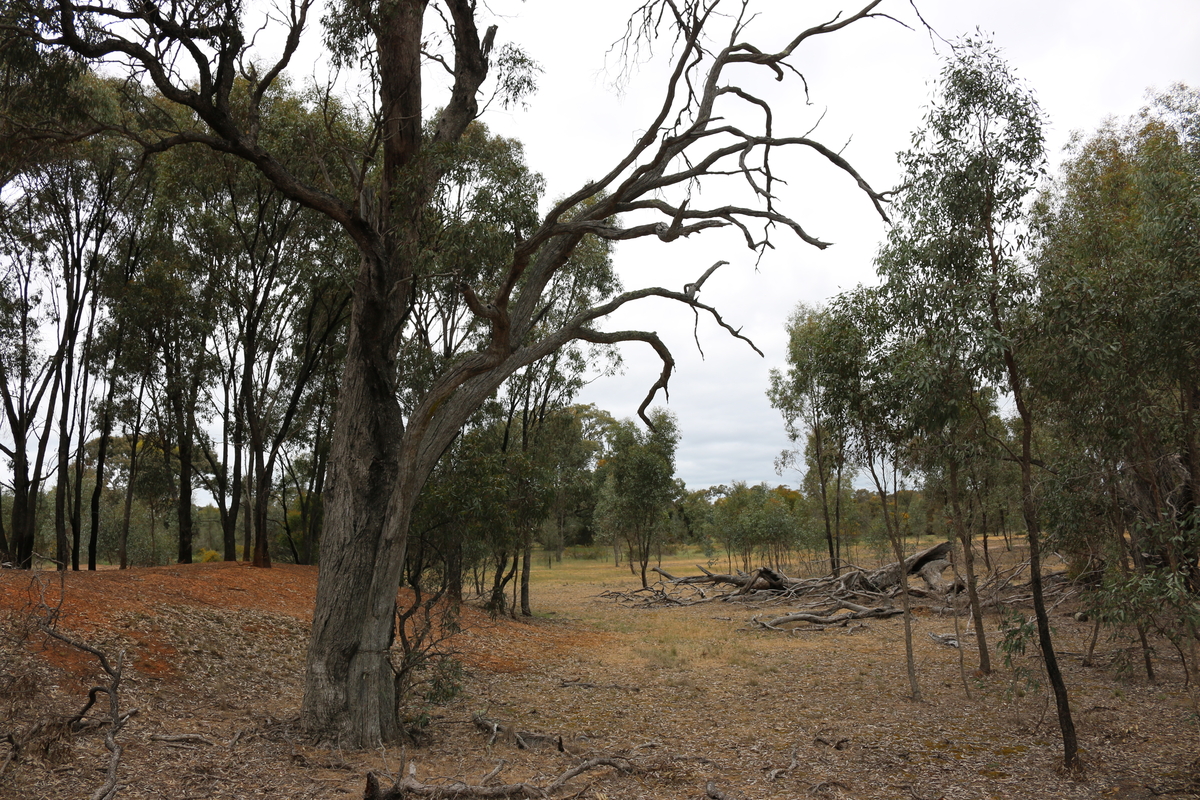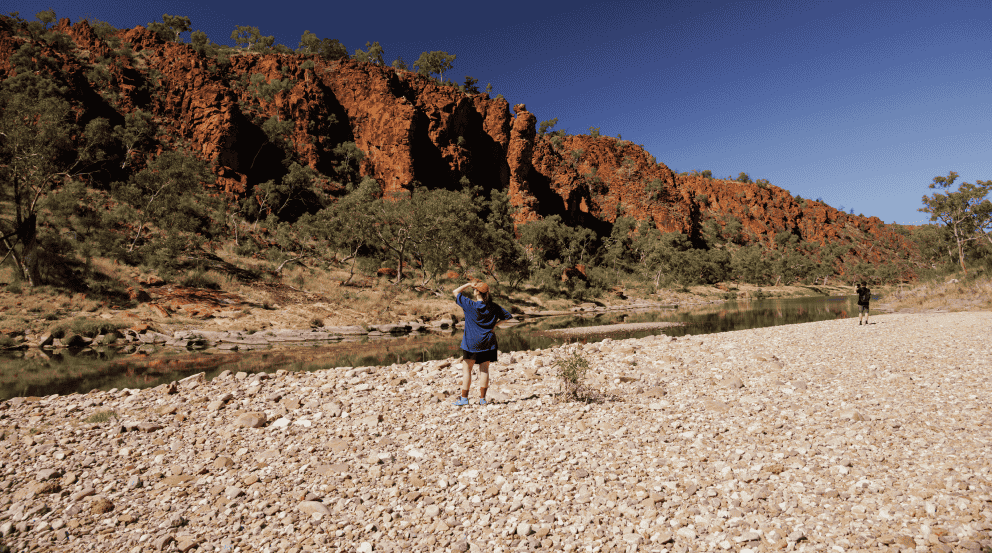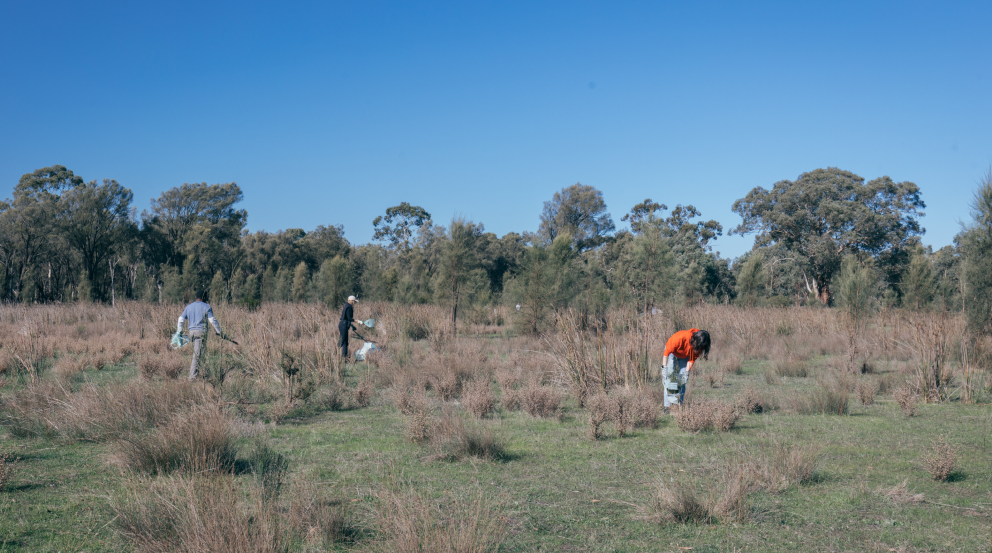Ten years after moving into her 1950s weatherboard, Bank Australia customer Sarah Lawson decided to extend. With our Clean Energy Home Loan, she ditched the gas, and turned on the solar.
Sarah Lawson’s home isn’t connected to the gas main. There’s no gas heating, no gas hot water, and the stove is a modern induction cooktop. “It’s so much better than gas!” Sarah says, getting excited. “It’s super-fast, it doesn’t get hot so my kids can cook on it, and it’s much easier to clean. You’ve even got an extra piece of bench space, if you need it.”
Sarah and her family moved into the home about 10 years ago. At that time, it was your typical 1950s weatherboard property: poor insulation, creaky old timbers, warmed by an ancient gas ducted system and an electric fireplace. Neither of which seemed to work. “Everything was so leaky,” Sarah remembers, “especially in winter. Some mornings you’d get out of bed and you could see your breath in the air. The house was just freezing.”
The home was big enough for the family of three, but soon there was a fourth on the way, and Sarah and her husband decided to extend the property. At that stage, ‘net zero’ design wasn’t really on the couple’s radar. They approached a builder and started drawing up plans, when someone put them onto the Facebook group, My Energy Efficient Home, a public space where users swap clean energy renovation tips.

“The more I read, the more I realised we could do all this stuff,” Sarah says. “Going off gas was a big thing in the group: getting a heat pump, a hot water system, insulating properly. The whole thing quickly snowballed. The more you learn, the more you want to do.”
Sarah started with the simple things. They’d already installed roof and wall insulation during a previous reno, but the floors were still very leaky. New under-floor insulation plugged that gap. Next came energy-efficient LED lights, solar panels on the roof, two recycled split-systems, and switching off the gas tap. The couple also installed an electric hot water pump and a new induction stove. Suddenly their old-school home had a very modern engine – and a respectable 7.2 NatHERs rating (according to the Nationwide House Energy Rating Scheme, anything over 7 stars is considered very efficient, although the scale does go all the way to 10).
“Even putting more insulation in the ceiling and under the floors, the temperature change was dramatic,” Sarah says. “You really noticed it. And our energy bills have more than halved. I’m big into graphs and spreadsheets, so I can see that we paid just over $2000 in 2019. This year was about $1000 less than that, and that’s not even counting the feed-in tariff from the solar: we’ve made about $600 from the grid this year.”
Sarah says the Clean Energy Home Loan from Bank Australia made the whole project way more economical. With the reduced home loan rate, combined with the annual energy savings, the couple realised the solar panels alone would pay for themselves within five years. “And after that,” as Sarah says, “it’s all profit.”

The entire renovation process took about six months, and tradies handled most of the heavy lifting. The couple were lucky to get most of the work done before the huge COVID spike in project demand and material costs. It took some work to get the builders on board, but Sarah got there in the end. “A lot of the builders we spoke to didn’t know about this stuff,” Sarah says. “Eventually we found a builder who had an interest in passive home design, which worked out much better.”
The next step? Probably a battery and an electric car, although Sarah says they’re waiting to find a model with bi-directional charging capability (also known as vehicle-to-grid, or V2g, where your electric car can not only take power from the home, but also give it back). Of course, there are other, more practical considerations. “My son’s in the car seat for another year, so there’s food and crumbs mashed everywhere,” Sarah laughs. “Let’s wait until he’s out of the car seat, then we’ll get a new electric vehicle.”
Want to go ‘net zero’ in your own home? Learn more.
.webp)







